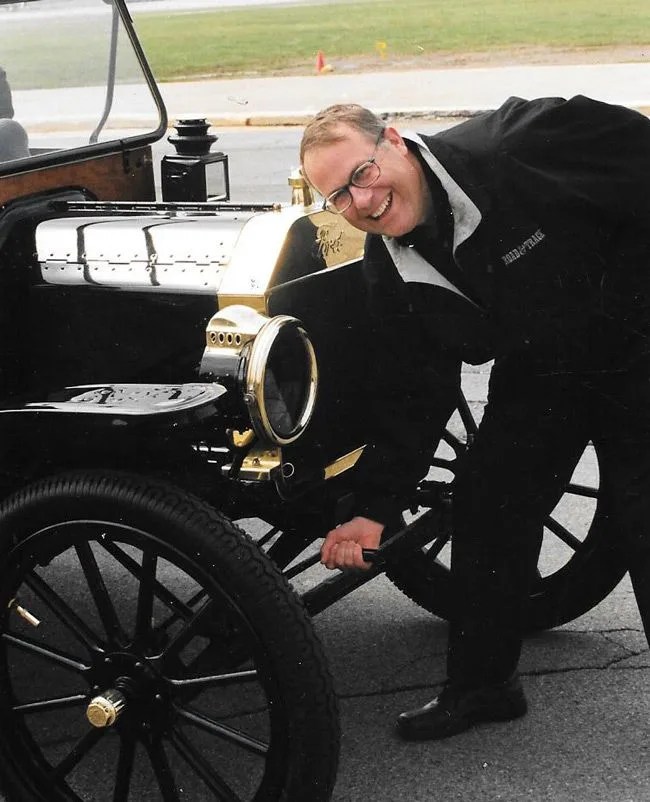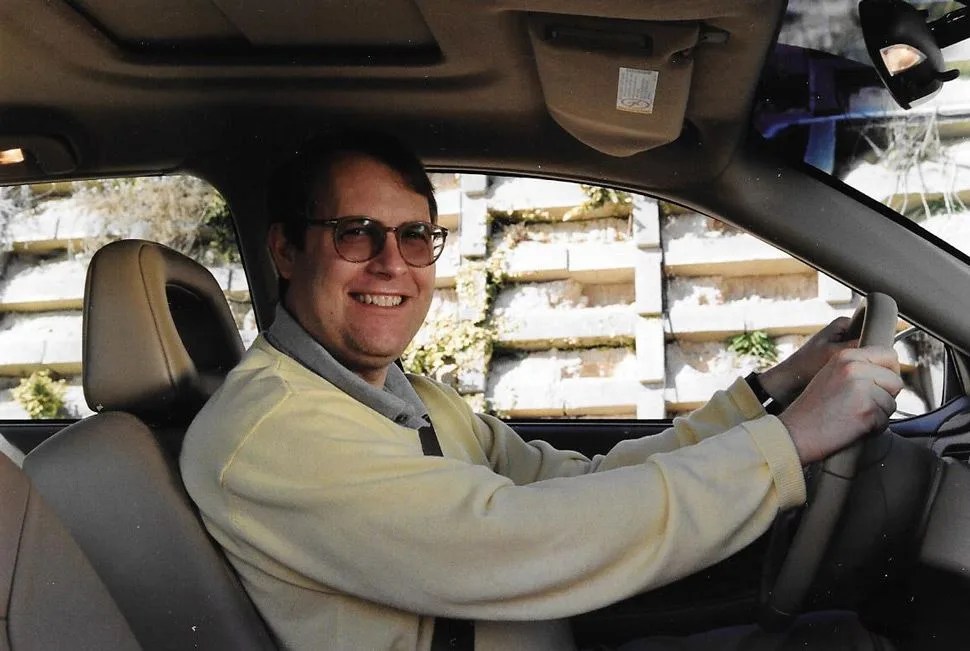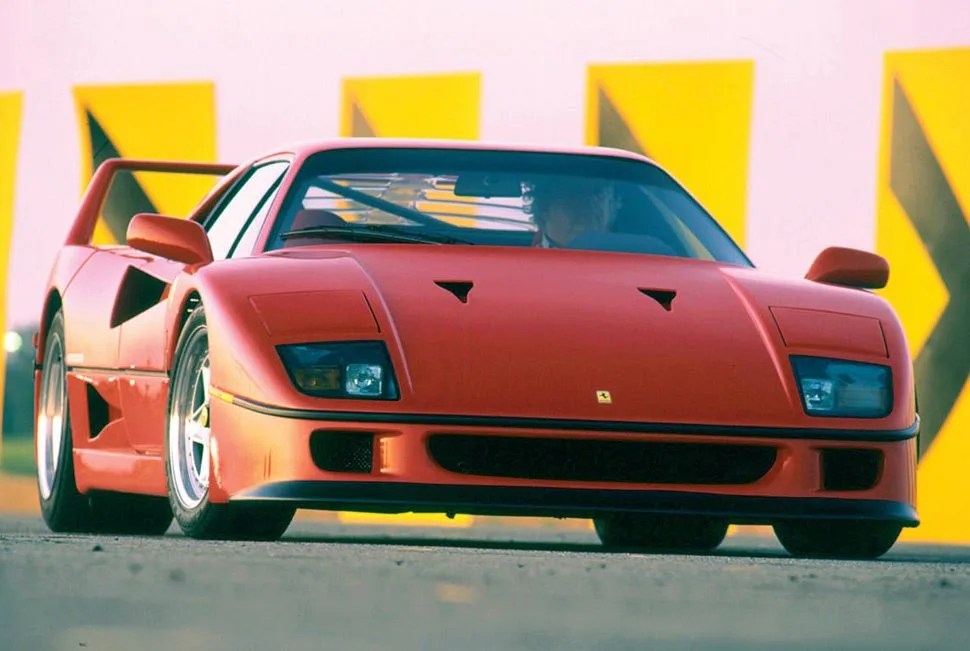Matt DeLorenzo has been an automotive writer and editor for decades; his résumé includes such pillars as Autoweek, Automotive News, Road & Track and, most recently, Kelley Blue Book. DeLorenzo is a book author as well, having published Legendary American Cars, Modern Chrysler Concept Cars and Mustang 2005. In fact, I’ve been reading his work for decades, myself, which made talking to him about the state of the modern automobile, the evolution of automotive journalism and his career highlights all the more special. His insights about where we’re headed as a car culture (and as a book and magazine — or “buff book” — readers) are both fascinating and reassuring.
Q: What is your take on the state of the modern automobile?
A: All this technology has made cars incredibly complex. We’ve moved from less a question of basic vehicle quality to human interface with the vehicle. It’s become all about how the vehicle actually relates to the driver.
Q: So, as performance figures and interior appointments, etc., become much more uniform across the board, technology is what sets cars apart today?
A: Yes, it’s stuff that you definitely will not measure with a stopwatch or a radar gun. It’s things like infotainment. It’s things like How well does the nav system work? How easy is it to pair my phone with the Bluetooth? What sort of safety devices or cameras or blind spot warning is on the car, and how much is that going to cost me? Is it really relevant to my ownership experience?
It’s a much richer environment than it was even ten years ago. Look at hybrids and EVs. For some applications, or some drivers, they make perfect sense — if they have a very short commute or live in an urban area, they can get by owning just an EV. It’s not just about 0-60 times anymore.

Q: And how does the evolution of cars relate to the state of automotive journalism today?
A: Well, there’s the Internet. When I started out there were three buff books and Autoweek. [Now, no matter what] type of auto enthusiast you are, you can find an automotive blog geared towards it.
Back in the day you couldn’t get Formula 1 on television, so you’d wait for your magazine to come to read a story about a Formula 1 race. The Internet and television and shows like Top Gear have changed the landscape tremendously.

